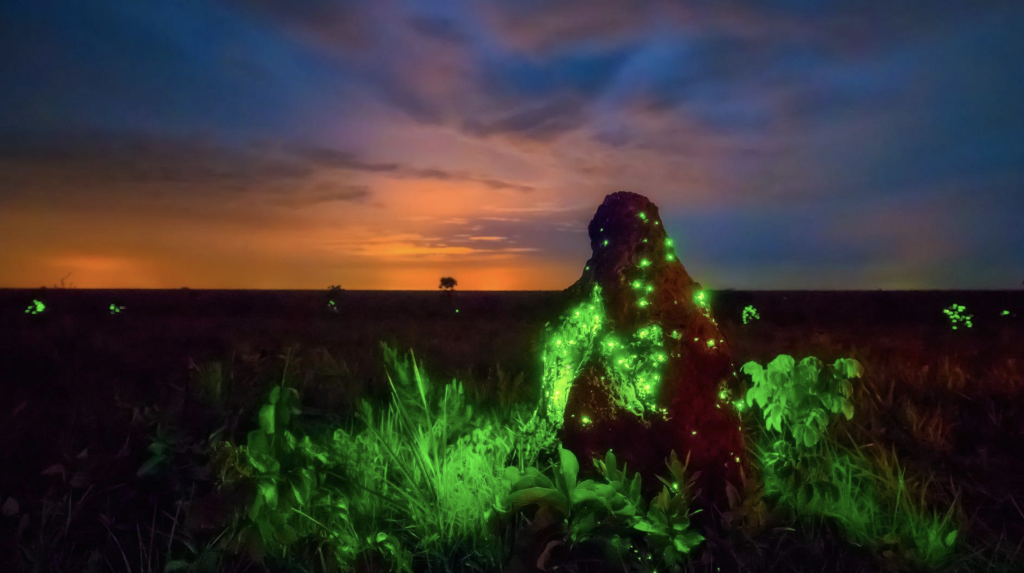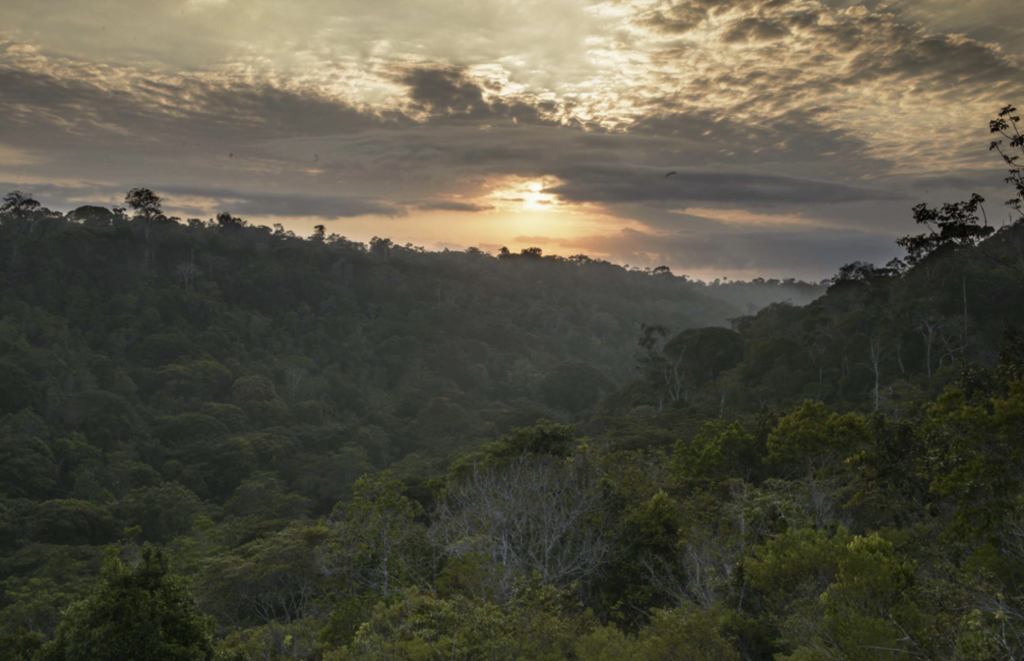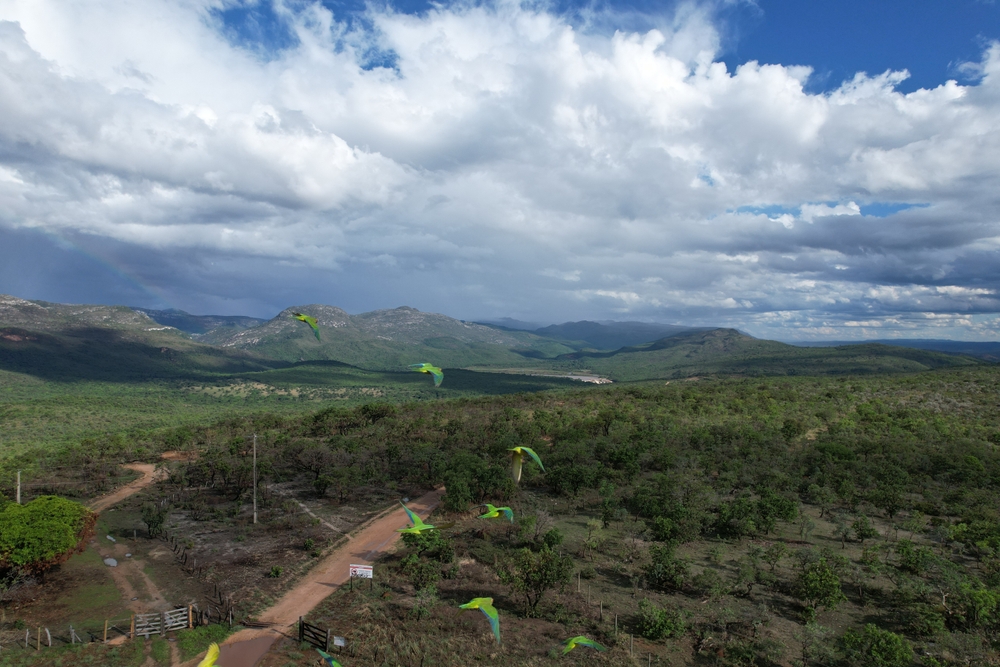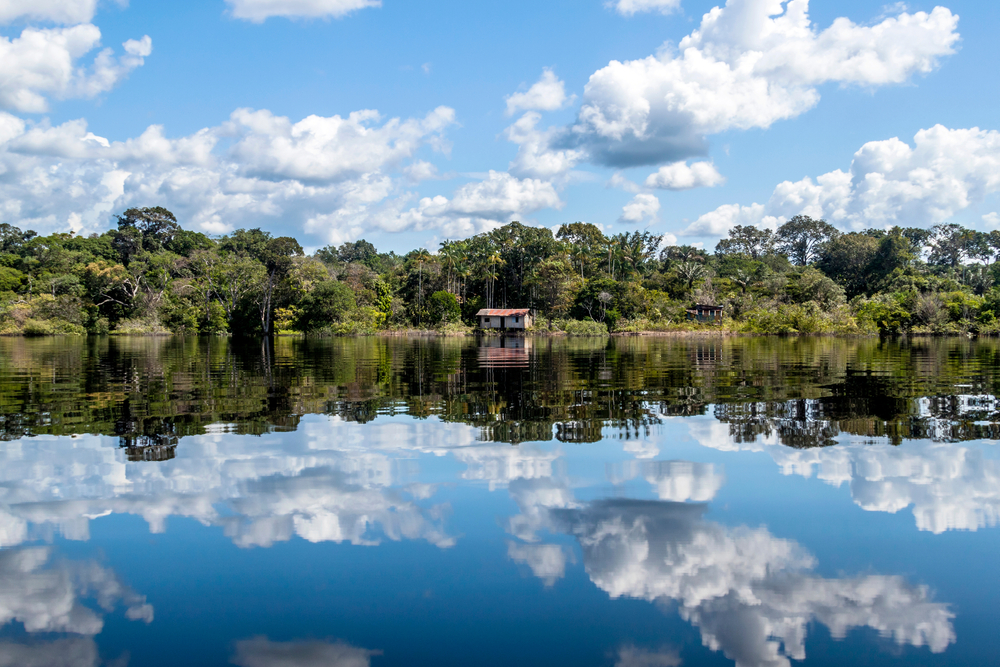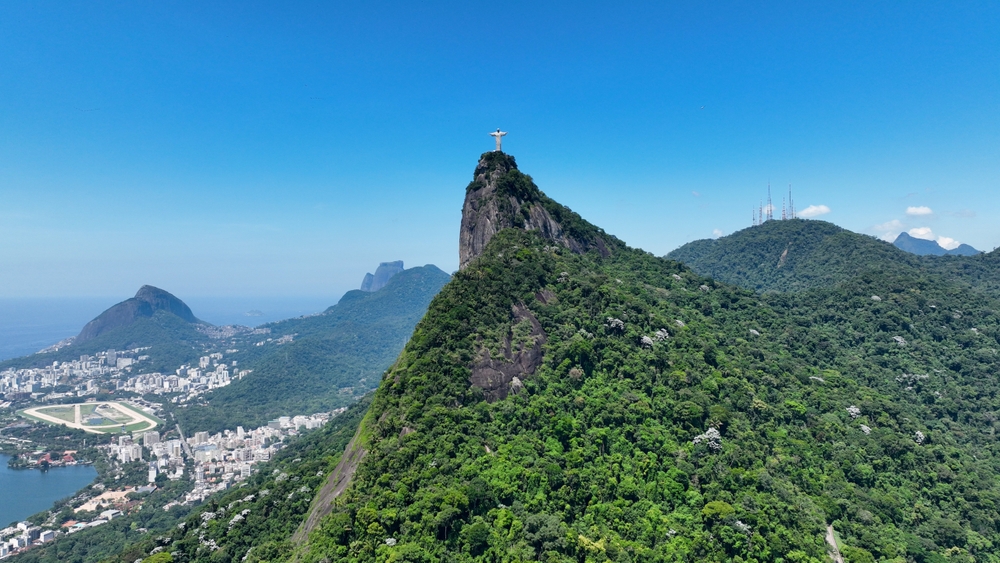Serra da Cutia Overview
Serra da Cutia National Park, known locally as Parque Nacional da Serra da Cutia, is a remote and ecologically rich protected area in Brazil. Located in the state of Rondônia, within the vast Amazon biome, the park encompasses approximately 3,968 square miles (10,275 square kilometers).
This expansive and relatively undisturbed area lies in the northwestern portion of Brazil and plays a crucial role in preserving the biodiversity and ecological functions of the greater Amazon Basin.
The terrain of Serra da Cutia is defined by dense tropical rainforest, rolling lowland hills, and scattered wetlands, making it a prime example of Amazonian landscapes. The park lacks prominent mountain ranges but features gently elevated regions that give rise to small rivers and tributaries, which feed into larger water systems such as the Rio Cautário and the Rio Guaporé.
The region’s vegetation is lush and dominated by evergreen broadleaf forest, with a multi-layered canopy that includes giant trees such as Brazil nut, kapok, and rubber trees. Understory plants, lianas, and epiphytes thrive in the moist, shaded environment, adding to the park’s botanical diversity.
Wildlife is one of the park’s most compelling attributes, offering visitors the rare chance to witness a wide array of Amazonian fauna in a relatively untouched setting. Serra da Cutia is home to iconic mammal species including the jaguar, ocelot, tapir, giant anteater, and South American coati.
It also supports several primate species, such as howler monkeys and squirrel monkeys. Birdwatchers may be rewarded with sightings of vibrant toucans, harpy eagles, macaws, and hoatzins among the more than 300 bird species that inhabit the park. Reptiles and amphibians are abundant, though often hidden within the dense foliage, and the river systems harbor species such as caimans, anacondas, and freshwater turtles.
Despite its remote location, some features make the park especially valued by researchers and adventurous travelers. Its isolation helps maintain its pristine character, making it a key site for scientific studies on Amazonian ecology and climate resilience.
The park is part of a broader conservation mosaic in the region, contributing to large-scale connectivity for species migration and gene flow. Visitors, though few due to the park’s challenging accessibility, can engage with the park through guided ecotours, river excursions, birdwatching expeditions, and wilderness camping when permitted. These low-impact activities provide immersive ways to experience the rainforest without disrupting its delicate balance.
Conservation efforts in Serra da Cutia have faced challenges primarily from illegal logging, poaching, and potential encroachment from agricultural expansion. However, the park’s remoteness and legal protection status have so far helped shield it from the more aggressive forms of environmental degradation seen in other parts of the Amazon.
It is managed by ICMBio, Brazil’s conservation agency, which works to enforce regulations and foster collaborations with scientists and local communities. Recent successes include improved surveillance through satellite monitoring and increased awareness of the park’s ecological value.
Continued conservation funding and strict protective measures remain essential to preserve this ecological stronghold.












































































